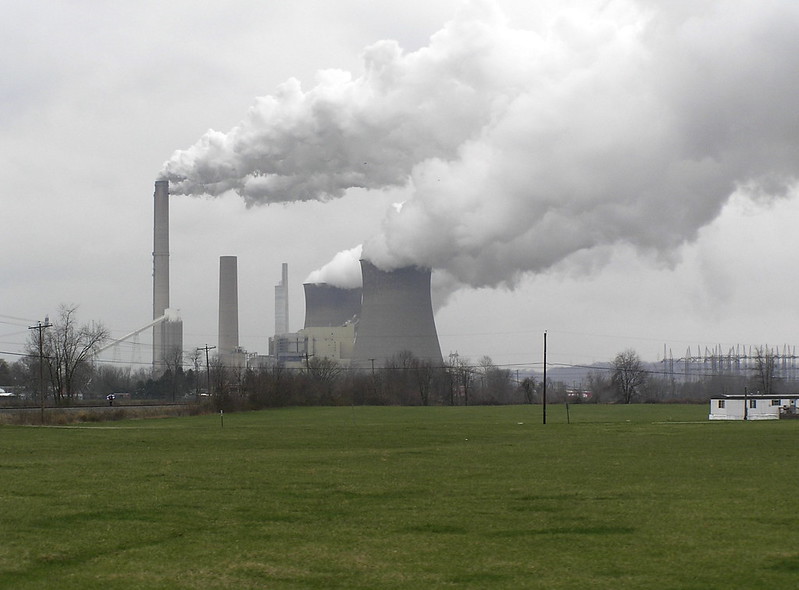A year ago, Japan’s METI announced plans to phase out “low-efficiency” coal power generation. Since then, the government has added ever more ambitious commitments to decarbonization. Still, this is highly unlikely to spell the end of coal-fired electricity in the country.
A new energy efficiency benchmark for thermal power, and rules linked to how much a coal-fired station is utilized, could help a significant number of facilities survive the near-term energy transition. That would help Japan’s energy planners balance the grid amid the push to embrace more variable renewable power sources.
Keeping the coal plants alive is not only a short-term fix. The government is hoping advances in carbon-capture technology will allow power stations running on fossil fuels to produce effectively CO2-free power. The more efficient coal (and gas) power plants of today would also serve as platforms for clean-burning ammonia and hydrogen generation in the future.
METI has rolled out regulatory and other measures to phase out little-used, low-efficiency coal power plants. But these are not meant to kill all coal-fired facilities. The industry will have a second life.
….
Coal in Japan: Overview
- 31% of Japan’s power in 2019 was generated by coal-fired plants
- Annual electricity volume from coal: about 330,000 GWh
- ….

